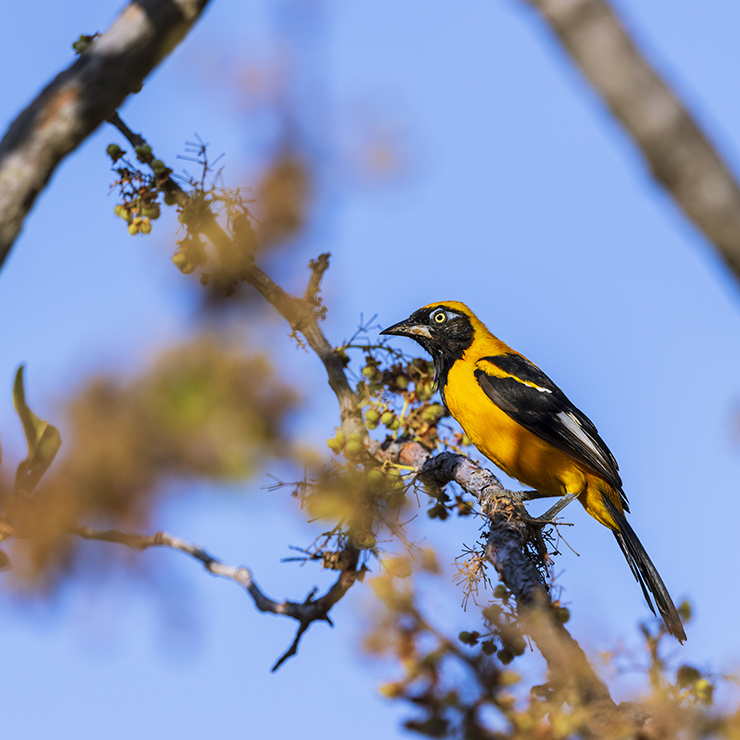
Dip (verb): [in birding] to miss seeing a bird you were looking for
Many times when we speak about the trips we’ve been on we concentrate on the things we experienced, the ruing of missed opportunities tends to be saved for nighttime conversations after a few drinks perhaps. Visiting Guyana brought with it the unavoidable expectation of seeing some mind boggling species – some endangered, some emblematic, others downright bizarre.
Before we boarded the flight to Guyana we already knew that probabilities of seeing one of the target species was slashed to near zero. I had long yearned of seeing a wild Harpy Eagle and was genuinely thrilled to hear about an active nest not too far from where we would be staying. In fact, going to view this nest was on the itinerary. However, as the date drew nearer, there was a small issue. Rain. More specifically, the lack thereof. Guyana (and the greater Amazonian region) was at the time undergoing an extensive drought, which ultimately cut off some indigenous communities in some countries. Selfishly, I was a bit disappointed that the lack of water turned our two-hour commute via river to see the nest of the mighty Harpy Eagle into a no-go. The potential of being stranded in unreachable jungle in one of the last true wildernesses on Earth was simply too great. And so, we dipped on one of our targets.
Another species we had on our target list was the Endangered Sun Parakeet. After enjoying dawn on the Rupununi we headed to the remote village of Karasabai just on the border with Brazil to search for these spectacularly vivid parakeets within a few shallow valleys. We drove slowly, we walked even more slowly, combing the stunted vegetation for any sign of bright yellow, orange, and green. We kept our ears peeled, only speaking in hushed tones, for at any second we expected to hear the tell-tale screeches of these birds. But there were no parakeets, only a healthy helping of Sun.

Bright, but not the correct shade or combination – or even family. Still a notable sighting, however, as this Orange-backed Troupial was a brand new bird for me.
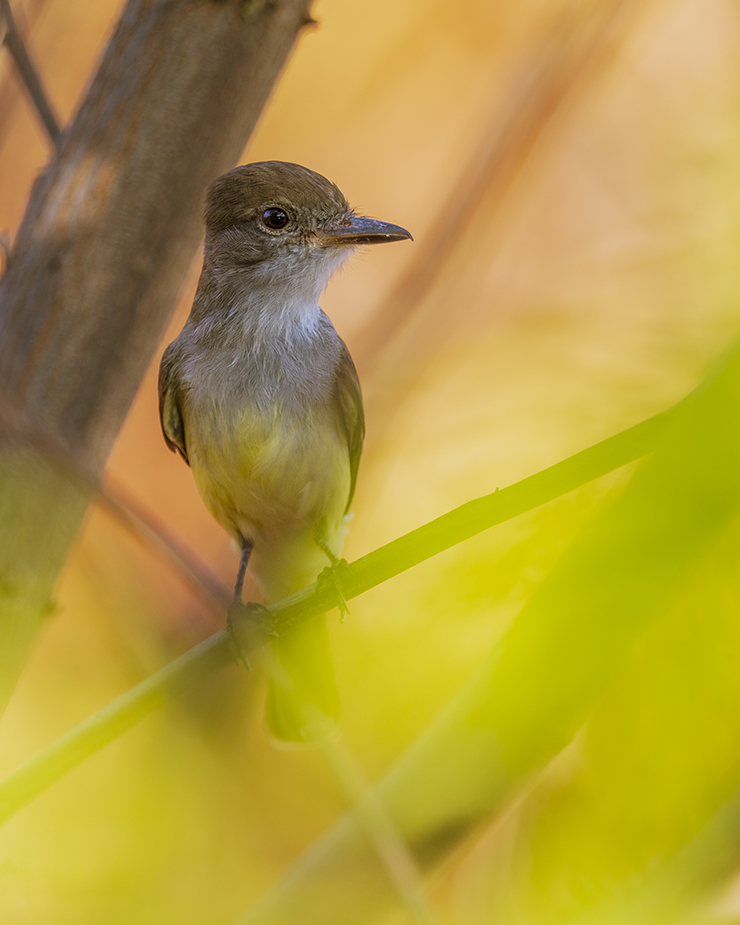
Brown-crested Flycatcher partially hidden in the roadside vegetation. These thorny shrubs concealed a plethora of birds, including two small doves, Common Ground Dove (below) and the even smaller Plain-breasted Ground Dove (further below).
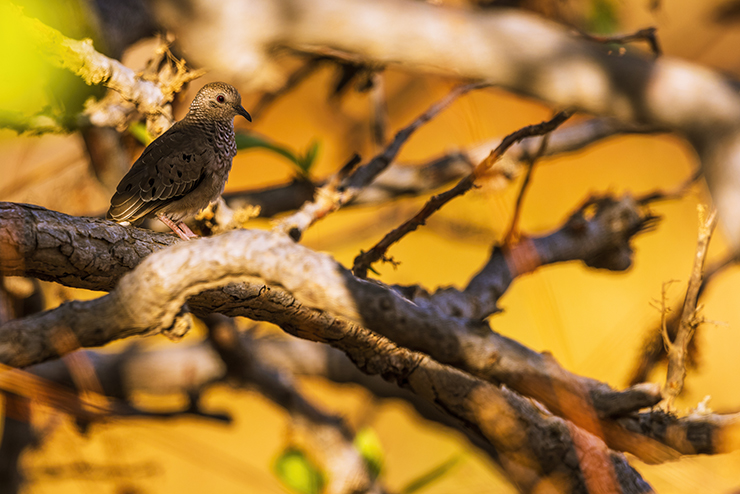
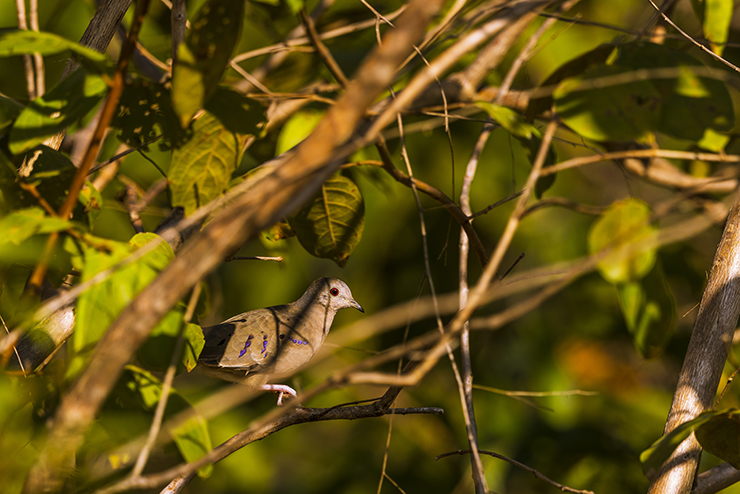
That morning wore on, and still there was only the Sun, so intense it seemed as if the clouds all shied away from obscuring it. There were other birds, of course – Brown-throated Parakeets that flew past low and quickly threw us for a heart-pounding loop. Blue-backed Manakin, Green-backed Trogon, and White-bellied Piculet were all quite active in the vegetation. But still, no sign of the famed Sun Parakeet.
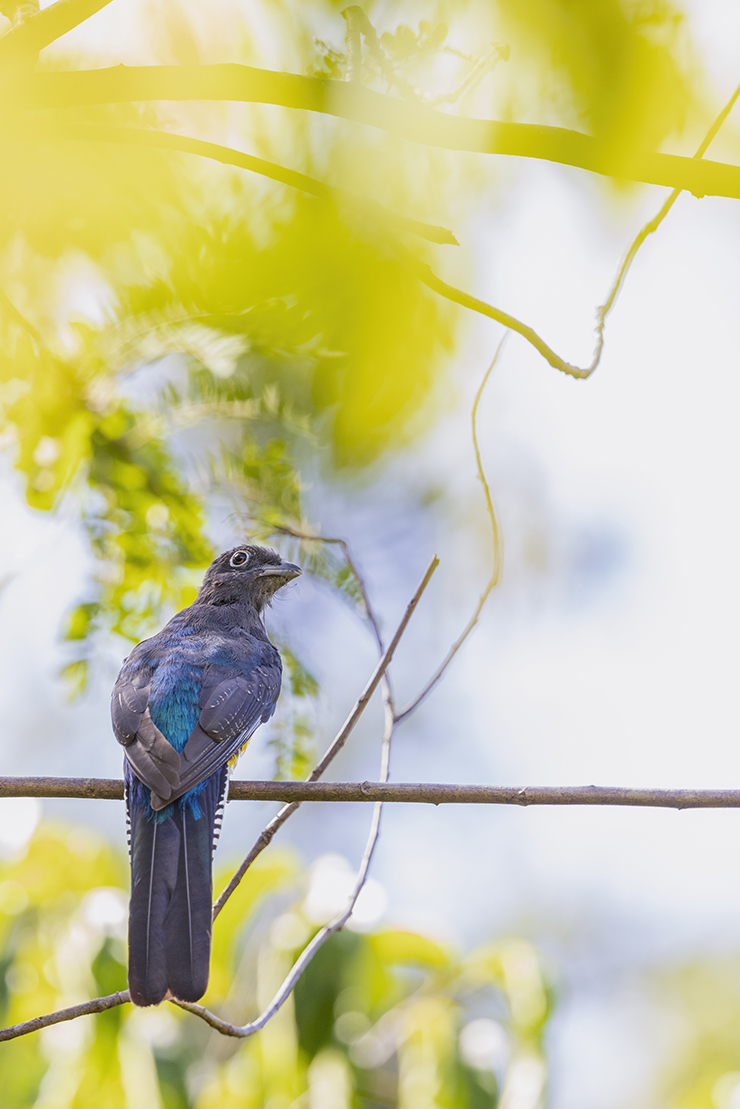
Green-backed Trogon (above) and Guianan shield endemic White-bellied Piculet (below).
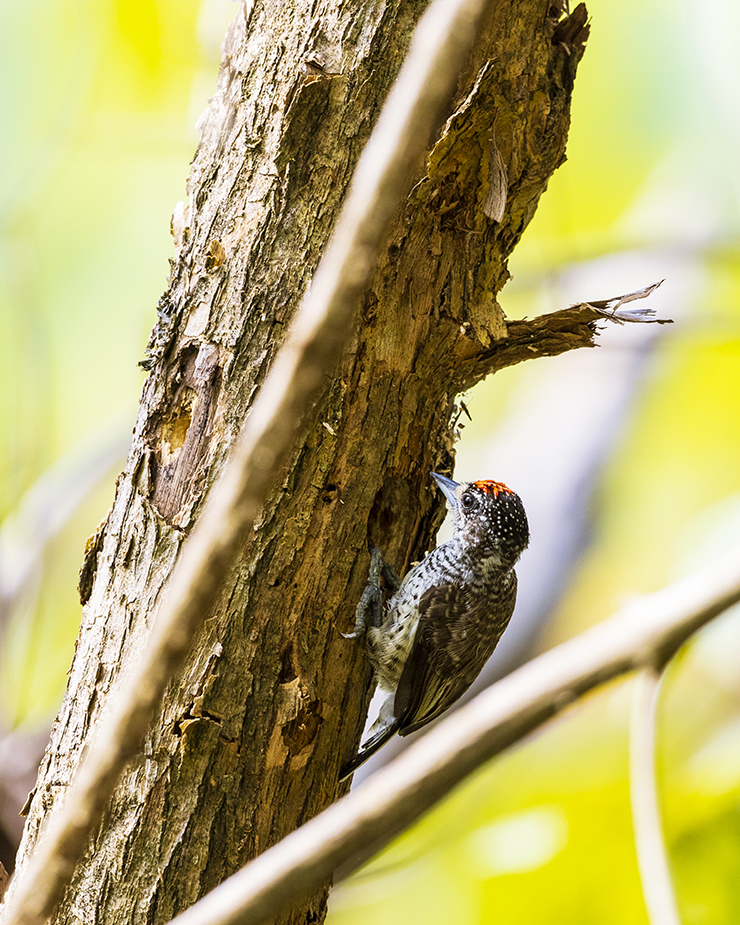
After lunch, we continued our search, this time at the banks of a river where a resident family assured us that the birds passed through regularly. Which birds? The bright yellow birds!
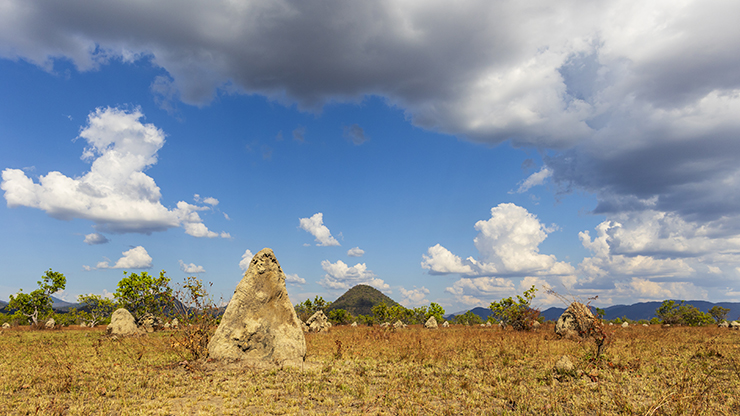
The landscape was flat with small hills, many of these hills were actually termite mounds.
And so we perched on the steep banks and waited. This time, the sun reflected off the river and baked us from below as well. A Sooty-capped Hermit fed nearby, followed by a brief appearance from a Blue-tailed Emerald. Other than the two hummingbirds, it was exceptionally quiet. We occupied ourselves looking at the opposite bank, with the understanding that there was Brazil, an entire other country with its own cadre of uncooperative birds. Ultimately, we threw in the towel and shuffled back to the vehicles. Air conditioning at that time was much better than staring at an endless sky. Leaves swaying in the wind would beckon weary eyes with the promise of a bird being responsible for the motion. Leon, our trusted friend and guide, told us at that point that this was the first time in all his years of guiding that the Sun Parakeets did not show.
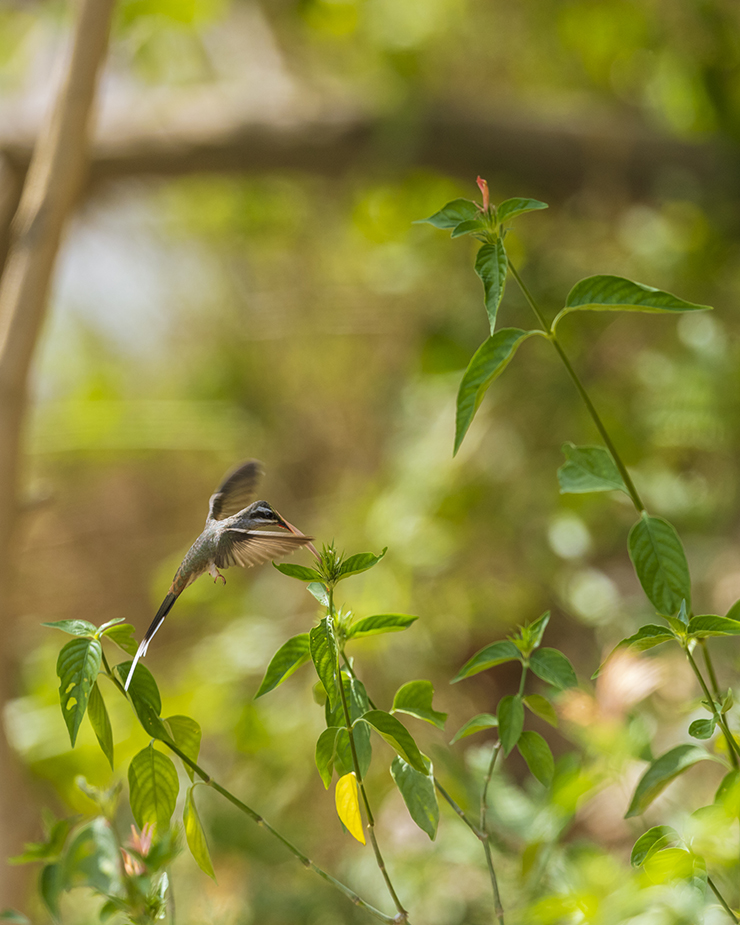
Sooty-capped Hermit (above) and Blue-tailed Emerald (below).
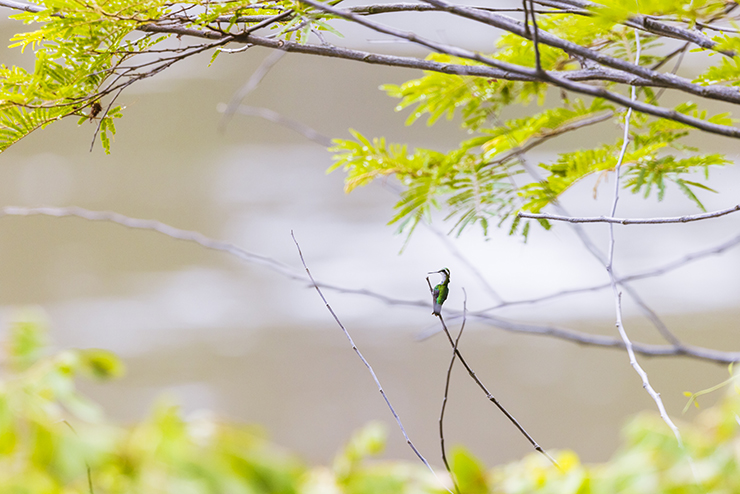
Well, one more chance to see something that was on the “must-see” list, I thought. There was a known lek for the famed Guianan Cock-of-the-Rock that was a short hike away from the roadway. A forest trail with enclosing vines and branches on either side gradually ascended to a point where the foliage gave way to giant boulders, and here I immediately knew I was in the right place to see this iconic species. After all, there were already rocks.
We took our seats on individual rocks on a moderately steep incline, filled with swooping lianas and twisted vines. And waited. Typically, there would be at least one male already at the lek, even as human observers would be getting in position. No birds yet. The ruthless sun began to wane as it sank closer to the horizon. Bright whites gave way to gentle, dappled golden blobs which danced furiously whenever the wind blew. I updated my camera settings to deal with the changing light. And waited. Still, nothing. Not even a feather drifted past. Nevertheless, it was still a magical experience sitting in the jungle.
I didn’t think I’d dip on a resident, sedentary, and supposedly unmissable bird – but alas, such is the beautiful unpredictability of nature. Fortunately, the trip wasn’t over, and we heard of another lek in another village that we were yet to visit.

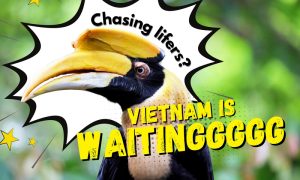

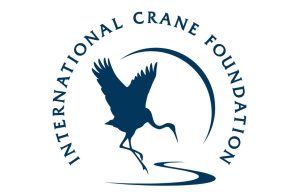







Dipping with grace, Faraaz, is an art in itself… I dipped at least 9 times on the Cape Rockjumper at the “dead cert” site of Rooiels, so don’t feel too bad about missing that Cock-of-the-rock.
This is true, Peter, many thanks for your comment. Never seen a Cape Rockjumper myself but heard many stories similar to yours. Spoiler for the next post, I did get a view of a Cock-of-the-rock.